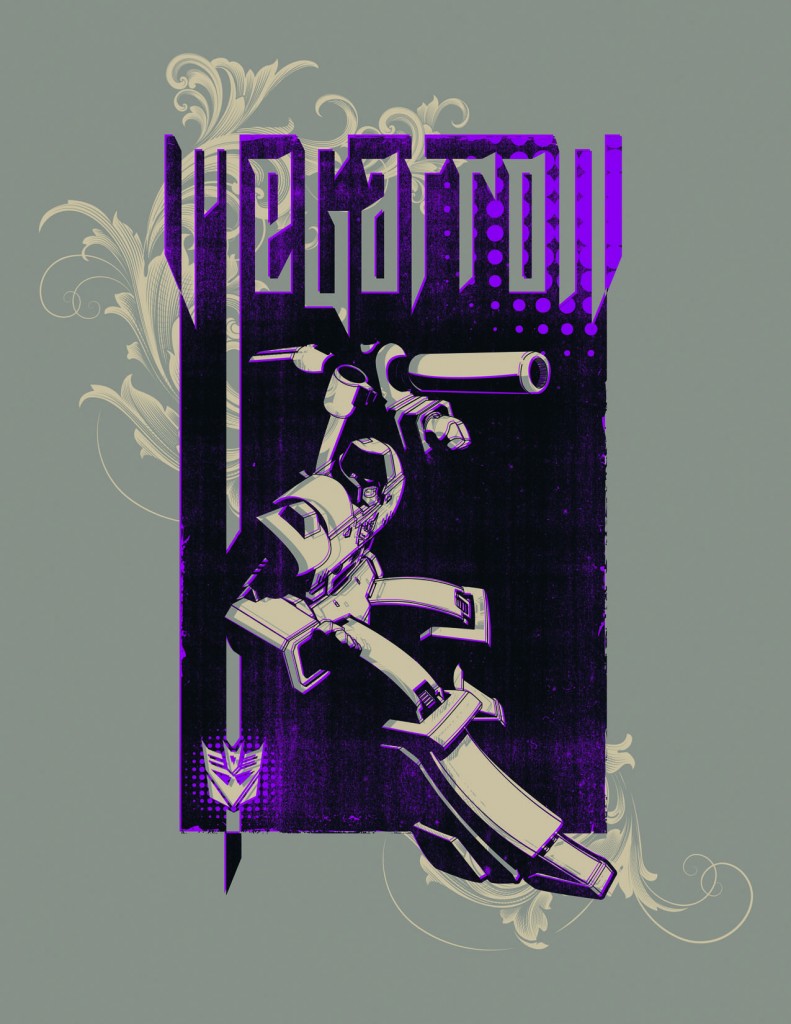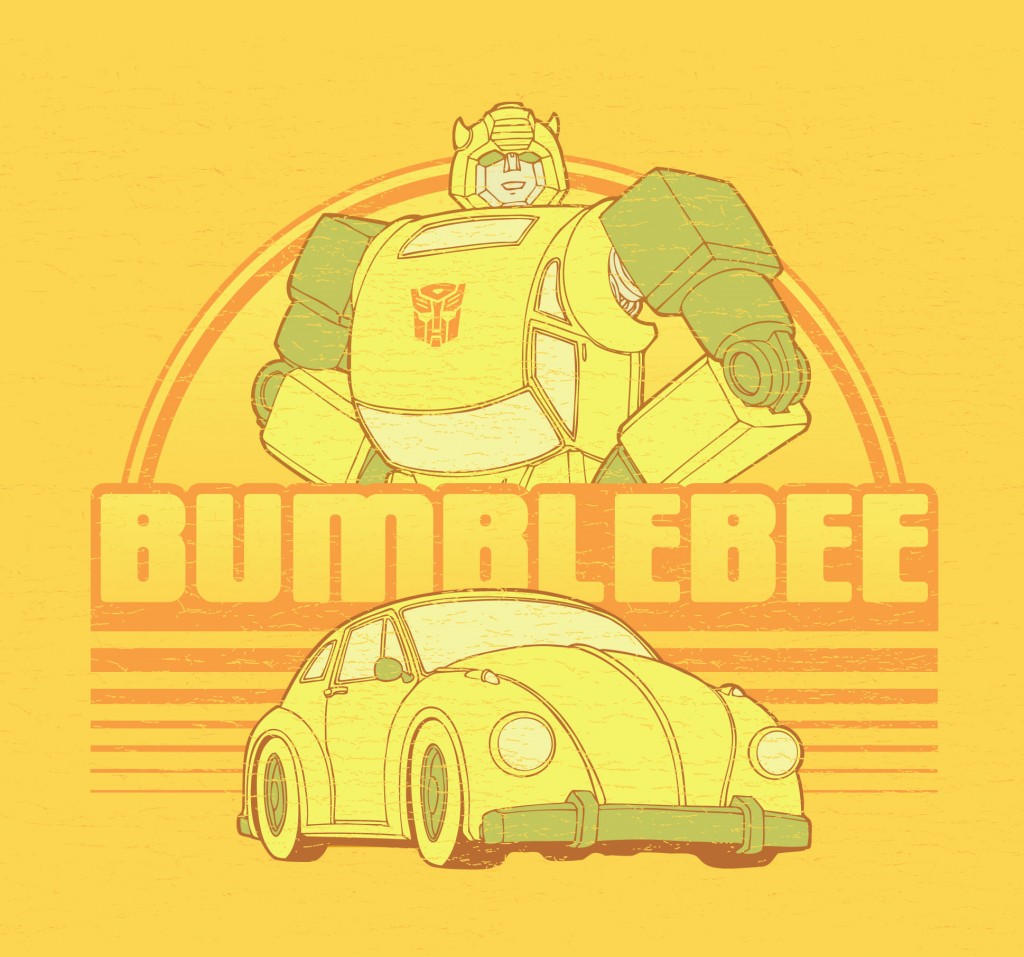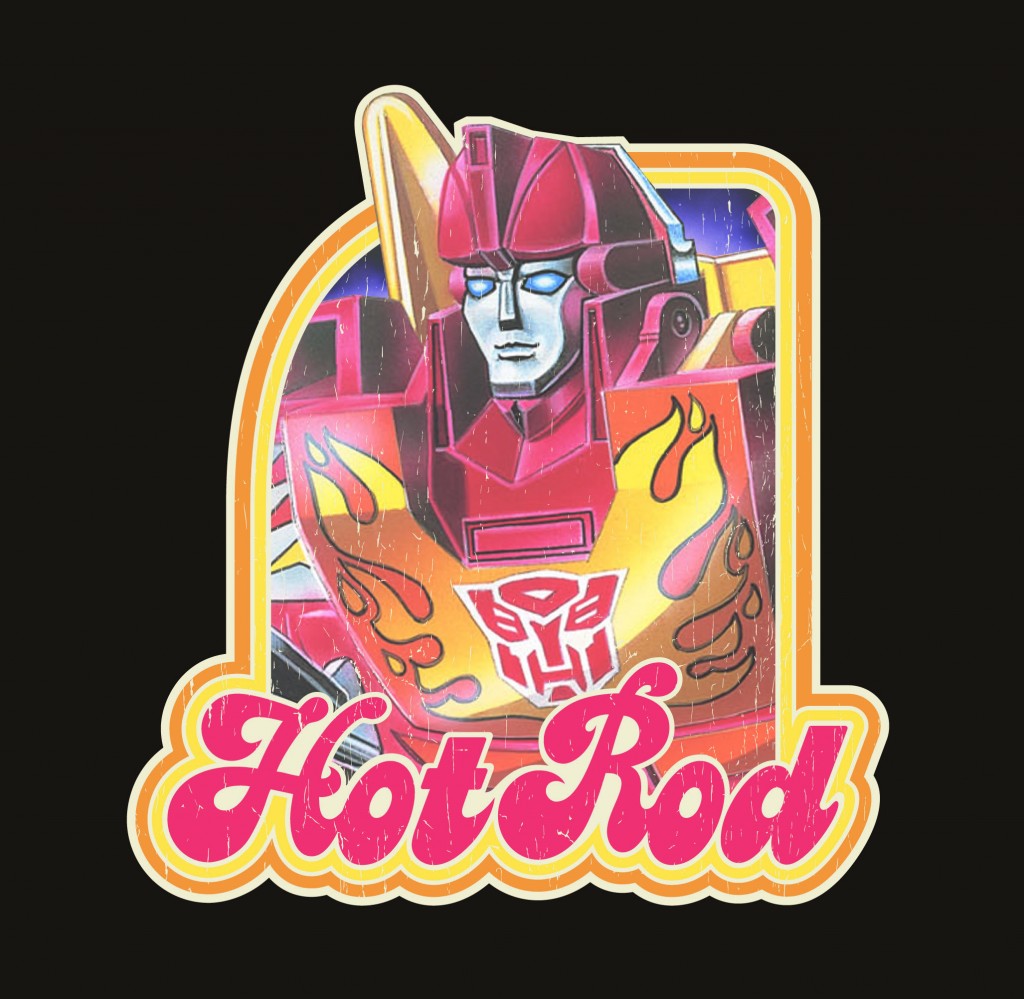The article is written by Ted Mininni, the President of Design Force, Inc., USA
Classic brands can have an unfair advantage over emerging brands. They are instantly recognizable to many consumers, associated with pleasant memories and specific attributes. They appeal on an emotional level that new brands simply haven’t had the time to establish yet.
It’s easy to understand why retro brands have made a big splash recently. Their coolness is undeniable. The Disney-Pixar “Toy Story” movie franchise brought many retro toys back into the spotlight. People who grew up playing with these classic toys were no doubt delighted to see Mr. Potato Head and his Mrs., the Care Bears, and the Fisher-Price Chatter Phone among many other iconic toys playing roles in the memorable “cast” of the Toy Story movie franchise, in which films were released.
Vintage toy brands have vaulted into prominence and demand again. For their part, toy companies like Hasbro could see new opportunities to exploit the power of their vintage toy brands using entertainment as the catalyst. The success of turning Transformers and G.I. Joe into hot movie/entertainment franchises has encouraged brand owner Hasbro to explore uncharted waters with more of its heritage brands, including games like BATTLESHIP and Candy Land.
Some heavily-marketed, high-investment wannabe blockbusters have been a failure for Hollywood. Disney’s “John Carter” comes to mind among recent flops. So why not look to classic toy brands that have already entertained and endeared themselves to generations? Good idea, especially if those brands have already made the leap to other entertainment platforms. Strong selling toy brands feature web sites filled with games and activities as well as merchandise. Many offer downloadable digital games for iPads and mobile phones, and of course, licensed consumer products.
Making retro brands hot again
In order to be successful in regenerating interest among consumers in a retro brand, the brand owner has to be cognizant of several factors. First, it’s important to uncover and leverage those assets that endeared them to consumers who grew up with the brand. Reminding and reconnecting people to the brand by bringing its back story forward refreshes memories and reestablishes emotional ties.
Next, understanding entertainment and pop culture trends helps to develop meaningful new storylines to contemporize the property and update it, making it compelling and relevant to new audiences. Giving fans the pleasure of discovery and rediscovery by emphasizing “old school cool” is a recipe for success in a culture hungry for brands that have established credibility and authenticity.
It’s important to allow a new generation the pleasure of discovering these brands and making them their own on their terms, too. By using social media platforms to engage fans with the retro brand, marketers can glean valuable insights into how younger fans are interacting with each other as well as the property. They can learn how the retro brand is relevant to them in their lives. These insights are priceless.

Photos: Transformers-themed badge designs.©Hasbro All Rights Reserved
Retro toy properties can become pop cult stars, cultivating old fans and creating legions of new ones in the process if leveraged on entertainment platforms like movies, digital games and social media sites. Hollywood leaks, peeks and trailers build anticipation and excitement for film release dates. Licensing deals and merchandising opportunities always coincide with movie releases. Like movies, not all licensed consumer products are successes. There’s a secret to capitalizing on even the biggest blockbuster film when it comes to retro toy brands. Flexibility.
When developing a style guide that will be applied to licensed consumer products, it’s great to capture heritage visual cues that recall the storied history of the property. Staying true to the brand and its values helps to maintain its authenticity.
A great example are the Transformers “Classic” style guides developed by Design Force in conjunction with Hasbro to support the licensing program for one of Hasbro’s most powerful entertainment franchises. Recent film releases maintain Transformers as a hot pop cult favorite, and continue to spur sales of the toys and licensed consumer products. The three «Transformers» movies have grossed more than $2.6 billion worldwide, making «Transformers» toys Hasbro’s top-selling brand last year, exceeding 11% of its annual revenue of $4.3 billion.
Two consecutive style guide volumes evoke the heritage of the Transformers property. Inspiration came from many sources, including imagery from Hasbro’s archives, the gestural illustrations of Keron Grant among other sources to give it an authentically vintage look. The goal: to leverage visual cues and design treatments that refer back to the mid-1980’s, when the Transformers began its evolution into the powerful entertainment property it has become. Given the tremendous strength of the Transformers franchise, it was important to return to its origins. The heritage of Transformers appeals to multiple generations of fans: today’s kids as well as adult collectors.
Design Force president Ted Mininni shared his insights: “Being huge fans of the Transformers, and having the advantage of knowing their universe inherently, we were able to deliver their unique visual story in a nostalgic, yet compelling manner. Consumers around the globe will instantaneously recognize Transformers on licensed products. No explanation needed. That’s the power of leveraging heritage cues for retro brands.”
So as retro brands with street cred continue to be reenergized by entertainment media like Teenage Mutant Ninja Turtles and Pac-Man, The Avengers heroes: Thor, The Incredible Hulk, Captain America and Iron Man, Hawkeye and Black Widow, it’s important to bear all of this in mind.
Giving licensors flexibility with many visual design choices that can be incorporated into licensed consumer products in limitless ways is the key to success for the brand and its licensing partners. It keeps the retro brand vibrant and in demand. As long as the heritage visual assets of those brands are kept intact, past fans and new ones will respond to their authenticity.
Entertainment platforms like TV programming, movies and online videos help keep the property in front of consumers; so does a well-planned and executed licensing program. Helping the right licensees to leverage the full power of the brand in appropriate merchandise categories ensures continued success for retro properties that have proven staying power. Just ask all the fans of classic brands who are buying up licensed products enthusiastically as they shop in their fresh, new Air Jordan 3’s. That’s street cred.
About the Author
Ted Mininni is President of Design Force, Inc., a leading package and licensing program design consultancy to the consumer product and entertainment industries. He can be reached at 856-810-2277.



